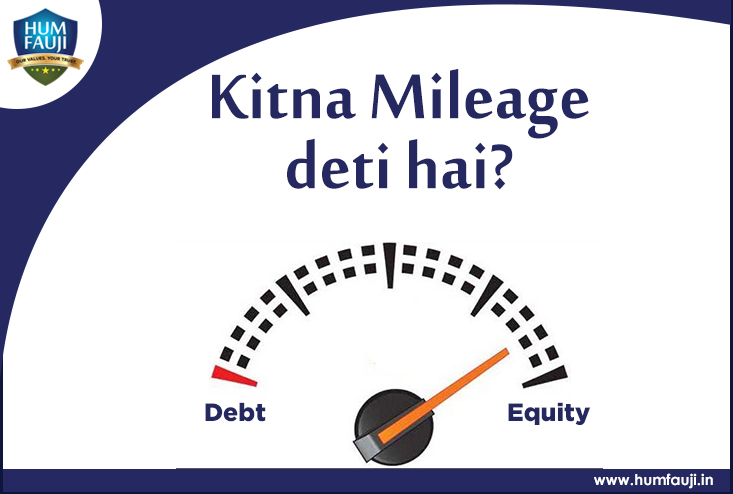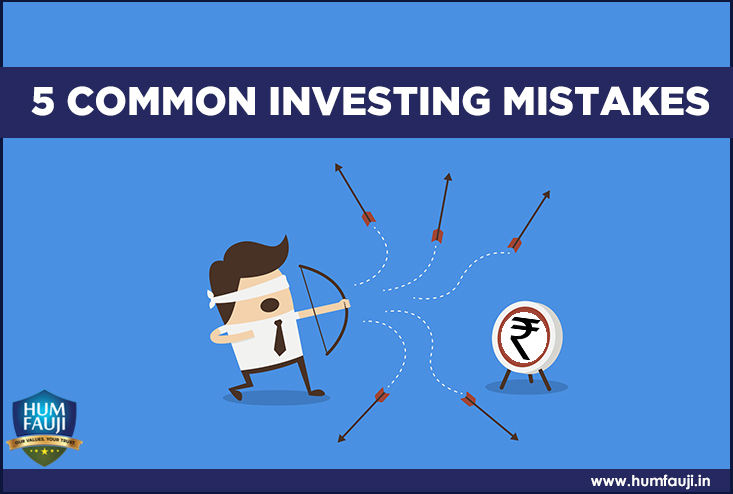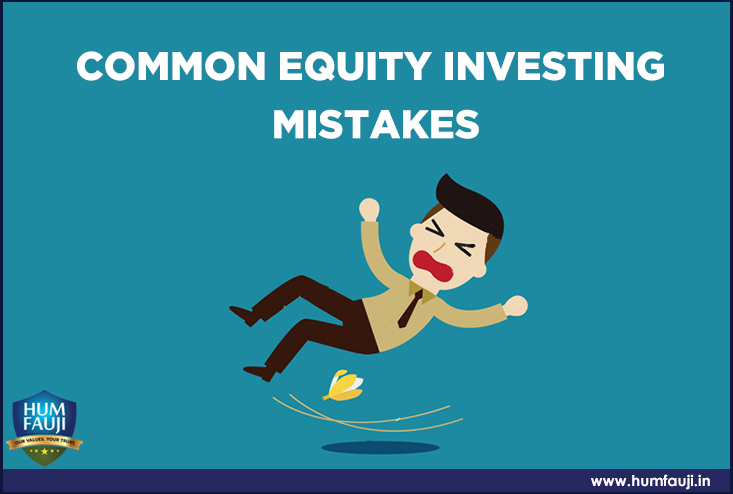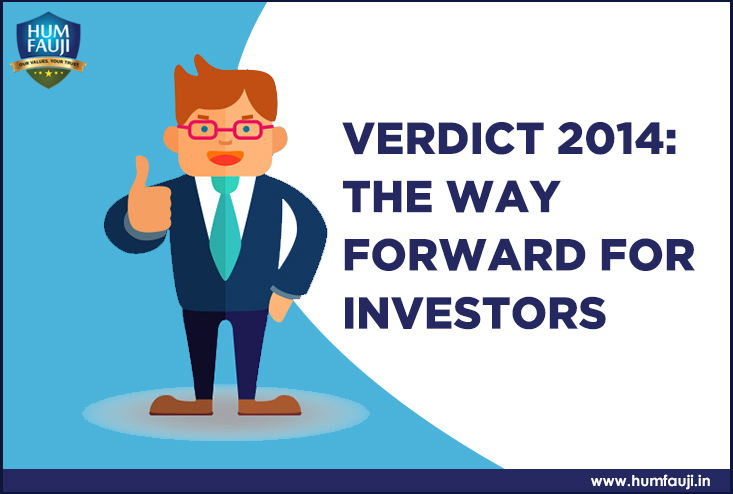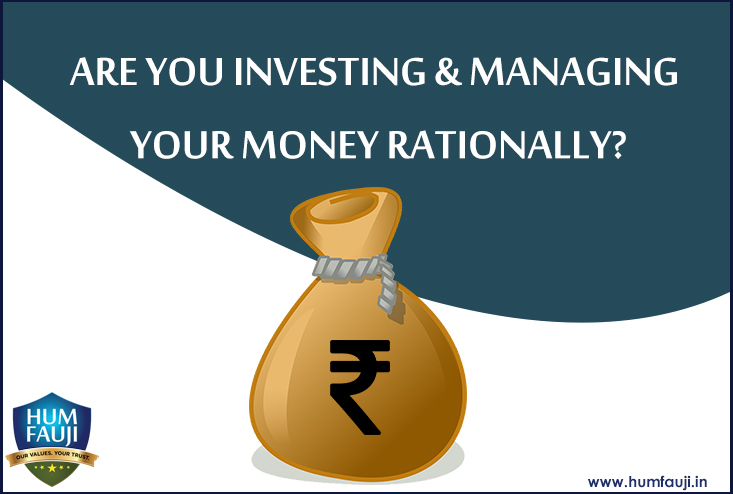14May
Liquid Funds- 4% more Interest without you doing anything….
Col Sher Khan is a go-getter infantry officer, known for his professional a...03Jun
Common Investment Mistakes and How to Avoid Them
Investing is an essential aspect of financial planning and wealth-building....28May
Common Equity Investing Mistakes
With the new NDA government coming to power, many investment experts believ...15May
Verdict 2014: The Way Forward For Investors
Hardly 24 hours remain for the world to know who is going to occupy......01Feb
Investing in Debt through Mutual Funds
What does debt investing mean? I understand ‘debt’ to be money borrowed. Bu...31Oct
Four Things to Remember about Sensex at 21000
The benchmark BSE-Sensex is back at 21,000 levels. And suddenly there seems...20Jan
HOW TO SELL YOUR HOUSE AT A GOOD PROFIT & PAY NO TAX
Have you sold your house and earned a hefty amount in profit but do......27Aug
Diversification of Your Investments- Don’t Put All Your Eggs In One Basket
We frequently come across individuals who are very finance-savvy but have t...20Jul
IS YOUR BANK FIXED DEPOSIT CHEATING YOU?
IS THERE AN ALTERNATIVE TO A BANK FD FOR SAFE INVESTMENTS? Nobody likes ...18May
Hope You do not Fall Prey to these Investment Myths
As a Financial Planner and an Investment Advisory firm, we come across quit...07Apr

